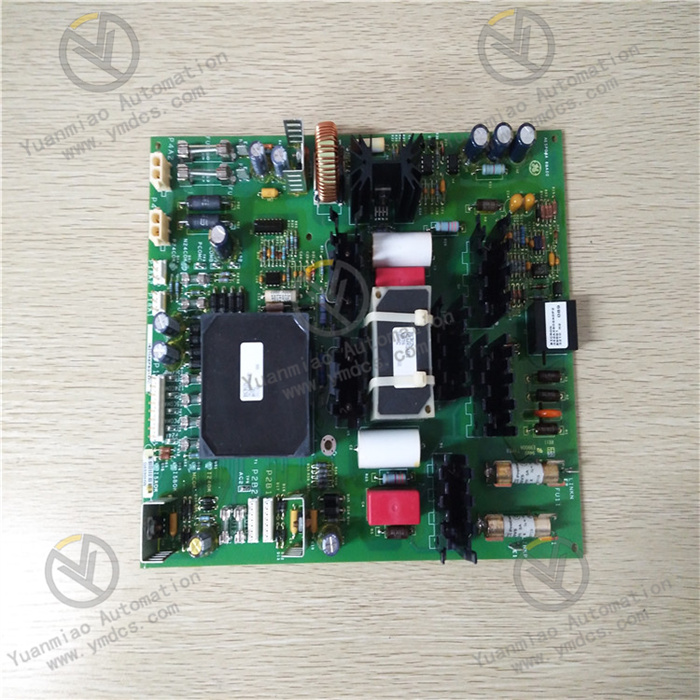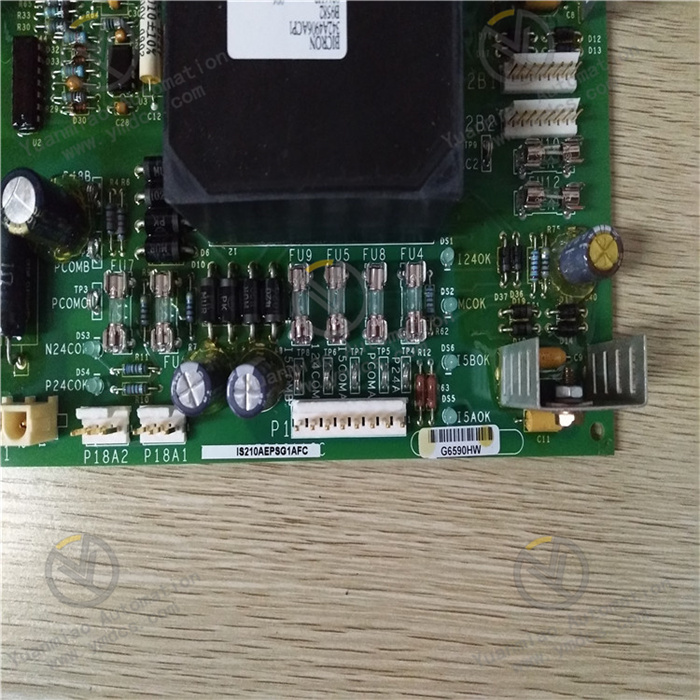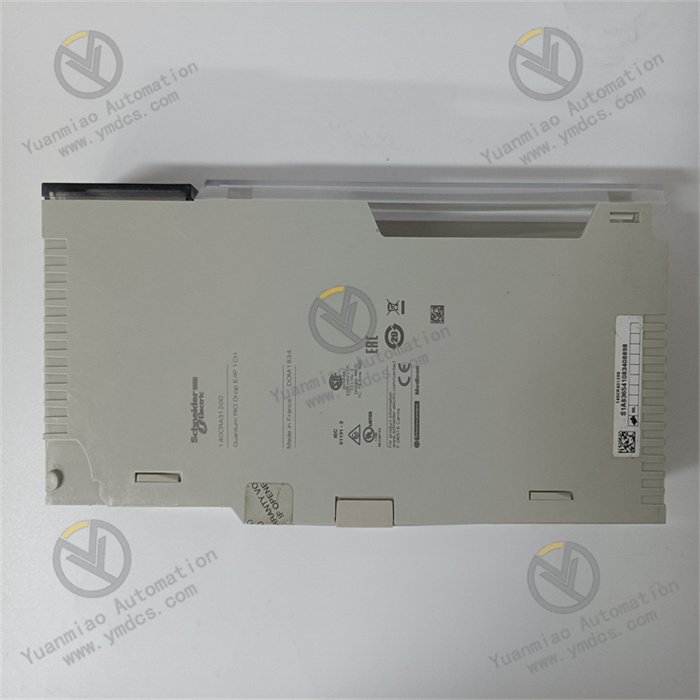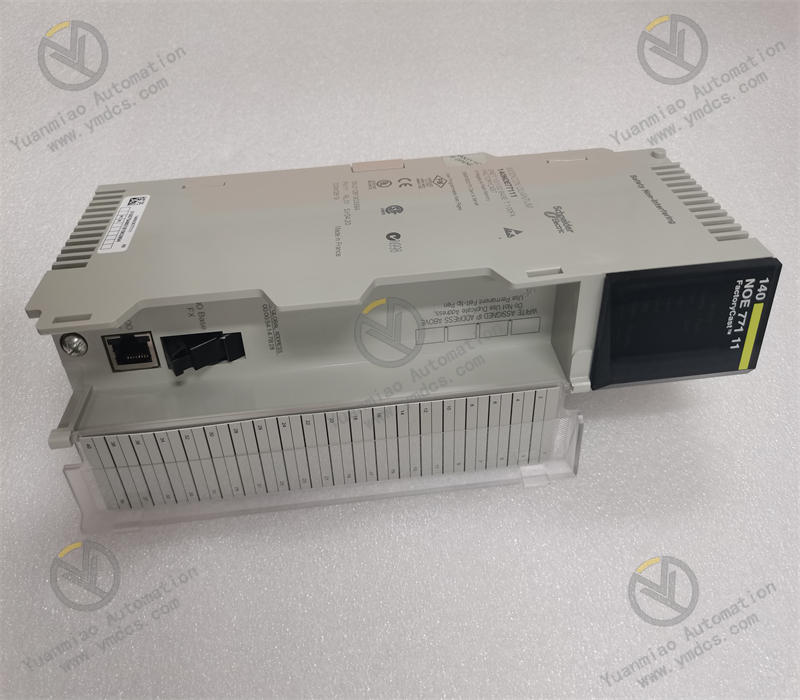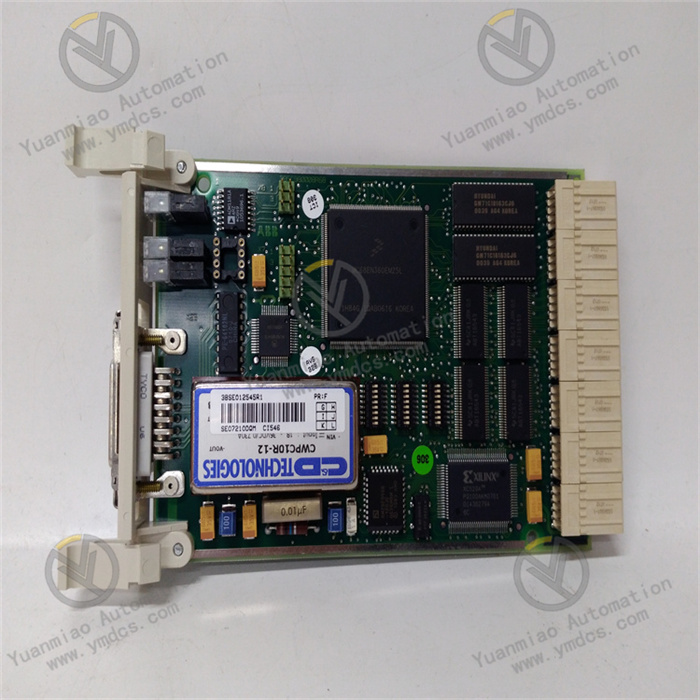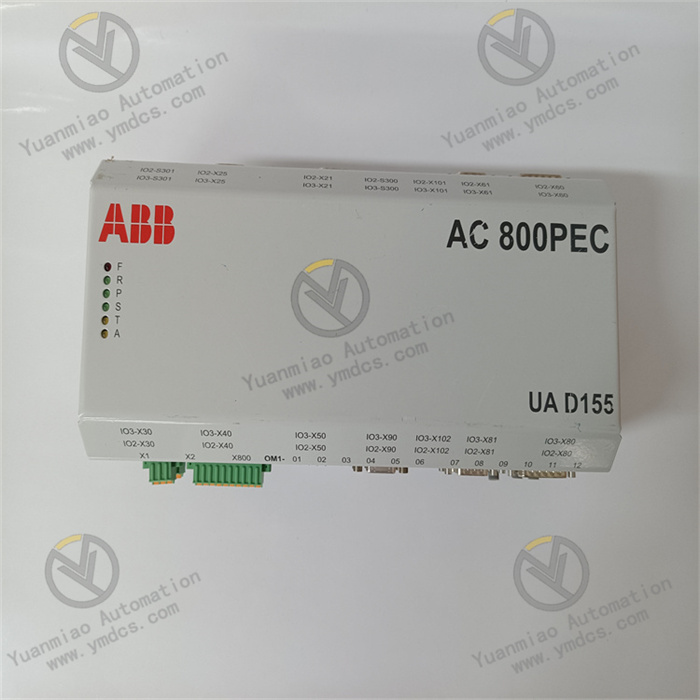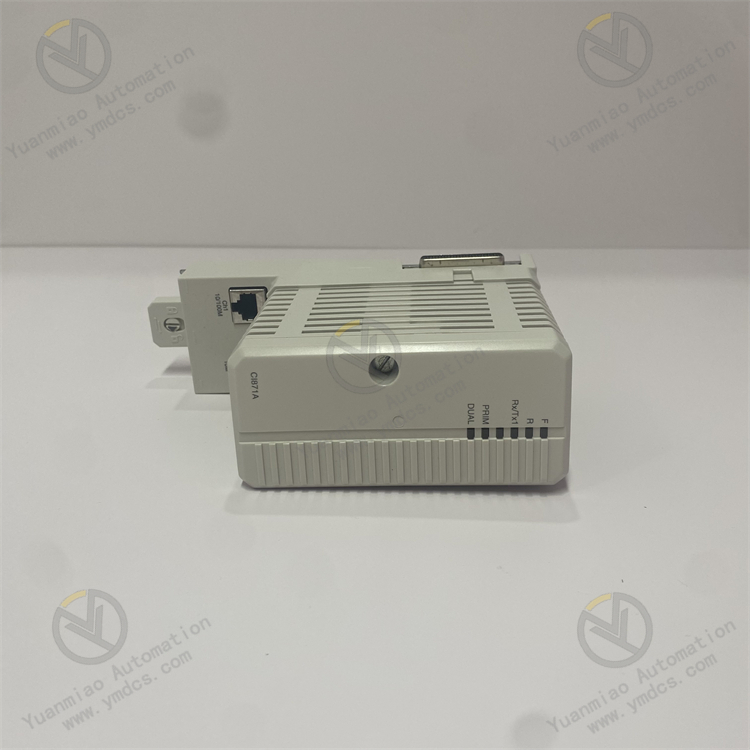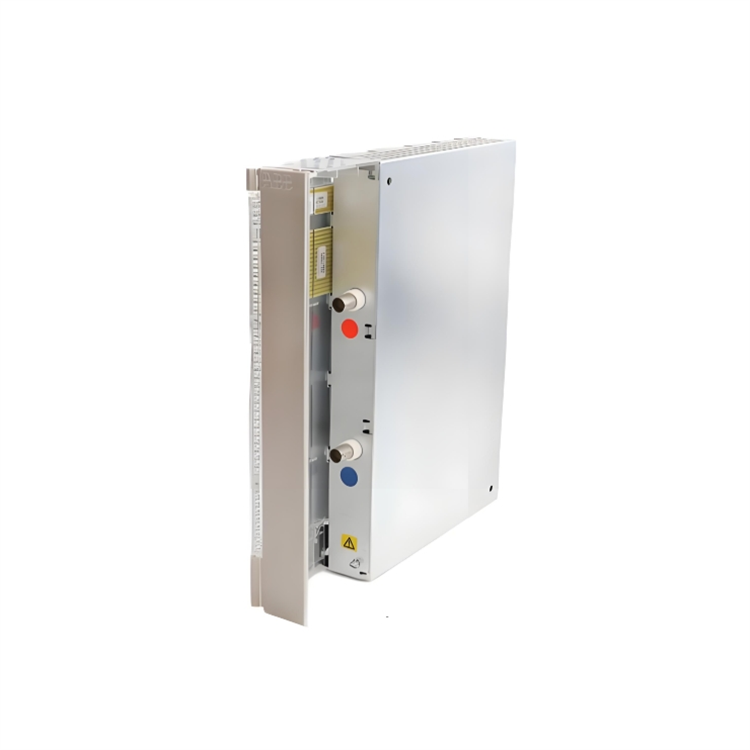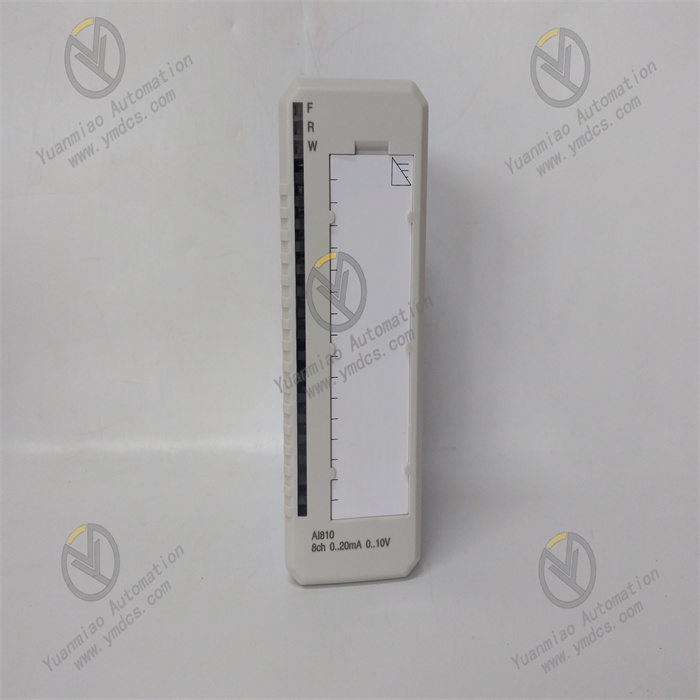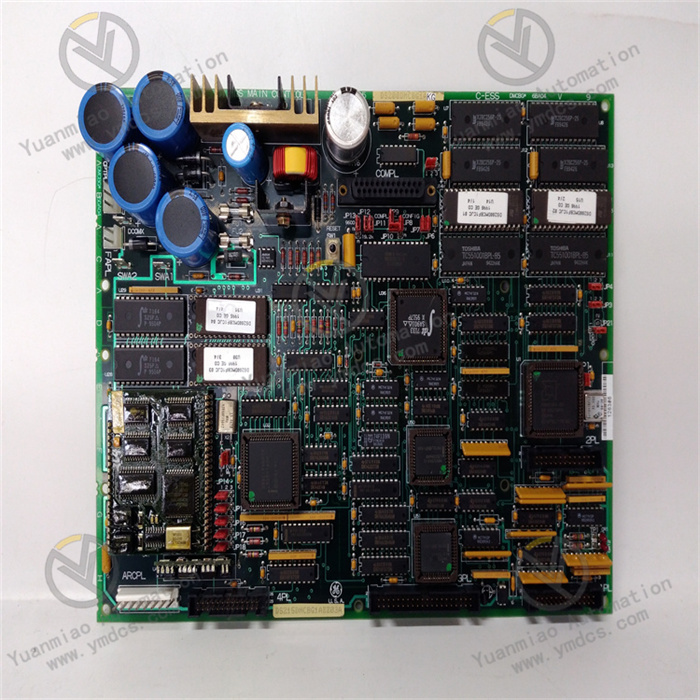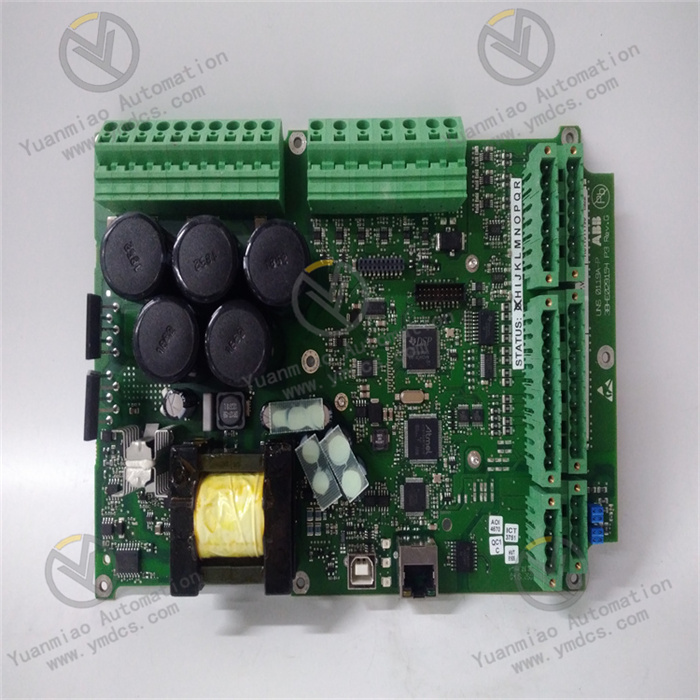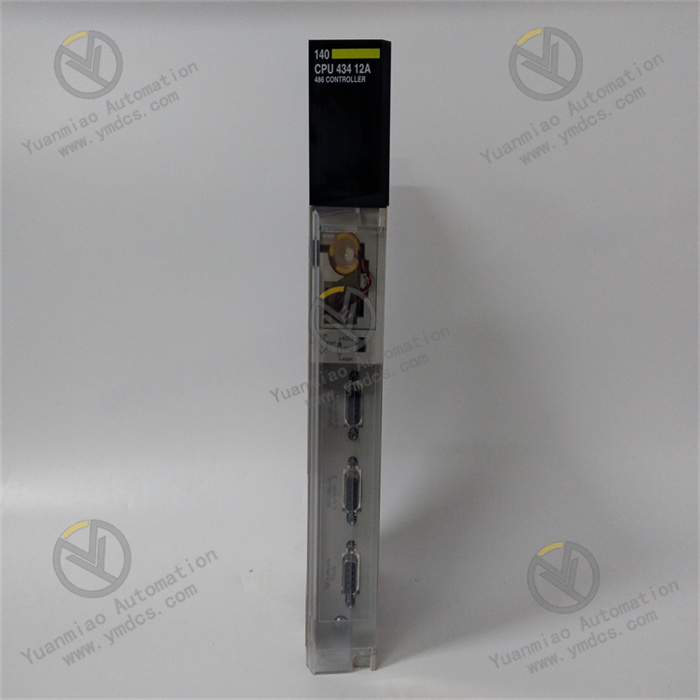Description
GE IS210AEPSG1AFC
I. Overview
The GE IS210AEPSG1AFC is an industrial-grade core component, with two types of scenario-specific positioning:
- Power Supply Board Attribute: Serving as a dedicated power supply board for the GE Mark VIe wind turbine control system, it undertakes the core power supply guarantee function. Adopting a modular design, it integrates key components such as transformers, inductance coils, and 12-channel fuses.
- Control Unit Attribute: It can be used as the core controller of the Mark VI gas turbine control system for the management of heavy-duty steam/gas turbines. Meanwhile, it has the function of a medium-sized frequency converter, which can accurately control AC induction motors and is widely applicable to high-precision scenarios such as energy, chemical industry, and intelligent manufacturing.
II. Technical Parameters
1. Basic Specifications
| Item | Parameter Details |
|---|---|
| Dimensions | Power supply board: 29.2cm×13cm×2.7cm; Control unit: 200mm×150mm×50mm (two specifications) |
| Weight | Power supply board: 0.32kg; Control unit: 1kg-2.5kg |
| Operating Temperature | -20°C to 60°C (operation); -40°C to 85°C (storage) |
2. Electrical Performance
- Voltage Parameters: Input voltage is 220V±15%, and the output voltage supports adjustable range of 0-300V (with high and low gear switching).
- Frequency Characteristics: Frequency converter mode: 0.5Hz-200Hz; Power supply board mode: 50kHz; Frequency accuracy: ±0.1% FS.
- Power and Efficiency: Efficiency ≥95% (for frequency converter); Overload capacity: 150% for 1 minute; Supported power range: 0.5kVA-2000kVA.
- Core Hardware: 32-bit PowerPC processor, 256MB DDR3 memory, 2GB eMMC flash memory; Scanning speed: 0.072ms/k boolean quantity.
3. Communication Interfaces
- Standard Configuration: RS485, Ethernet (RJ45), RJ25/RJ232 serial ports.
- Supported Protocols: Modbus RTU, CAN; Some models are equipped with USB interface (for program transfer only).
- Default IP: 192.168.0.100 (initial Ethernet communication address).
III. Functional Features
1. Dual-Scenario Adaptability
It can not only provide stable power supply for the Mark VI/VIe control system but also act as a frequency converter to achieve precise control of motor speed, being compatible with the needs of gas turbine management and industrial motor control.
2. High-Reliability Design
- Adopts high-quality components such as metal film resistors and high-voltage electrolytic capacitors, and is equipped with varistors to achieve overvoltage protection.
- Has 150% overload tolerance, automatic over-temperature/over-current protection; transistors are placed close to heat sinks to enhance heat dissipation.
3. Intelligent Operation and Maintenance Characteristics
- Equipped with LED status indicators and fault code display, supporting remote diagnosis and program backup/restore.
- Modular structure design; TP test points facilitate fault location, and overall disassembly is not required for maintenance.
4. Strong Environmental Adaptability
With a wide temperature operating range and IP65 protection level, it can adapt to harsh industrial environments such as wind power and chemical industry; the input voltage allows a fluctuation of ±15%.
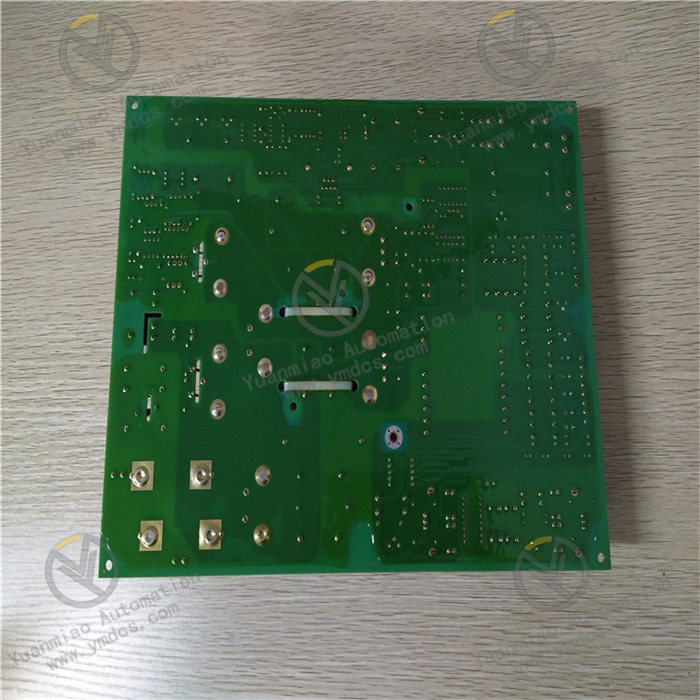
IV. Common Faults and Troubleshooting Methods
| Fault Phenomenon | Possible Causes | Troubleshooting Measures |
|---|---|---|
| No output voltage / Motor fails to start | Input undervoltage, blown fuse, loose wiring | 1. Check if the input voltage is within the range of 220V±15%; 2. Replace the burned-on-board fuse (12 channels need to be checked one by one); 3. Re-tighten the power terminals and communication wires. |
| Frequent triggering of overload protection | Excessive load, poor heat dissipation | 1. Reduce the load to below 80% of the rated value for testing; 2. Clean the dust on the heat sink and check the operation status of the cooling fan; 3. Confirm the matching degree between the motor power and the frequency converter. |
| Communication interruption (ERR light stays on) | IP conflict, protocol mismatch, cable failure | 1. Reset the Ethernet IP to an unoccupied address (avoiding conflict with 192.168.0.100); 2. Reconfigure the Modbus/CAN protocol parameters; 3. Replace the shielded communication cable. |
| Over-temperature alarm (TEMP light flashes) | Excessive ambient temperature, blocked heat dissipation channel | 1. Check if the working environment temperature exceeds 60°C; install a cooling fan if necessary; 2. Disassemble and clean the dust on the housing and heat sink; 3. Check if the temperature sensor is faulty (replace with a component of the same model if needed). |
| Distorted output waveform | Capacitor aging, unbalanced load | 1. Use a multimeter to detect the capacity of the electrolytic capacitor and replace the failed capacitor; 2. Adjust the three-phase load distribution to ensure the unbalance degree ≤10%; 3. Check the output signal of the PWM module. |


